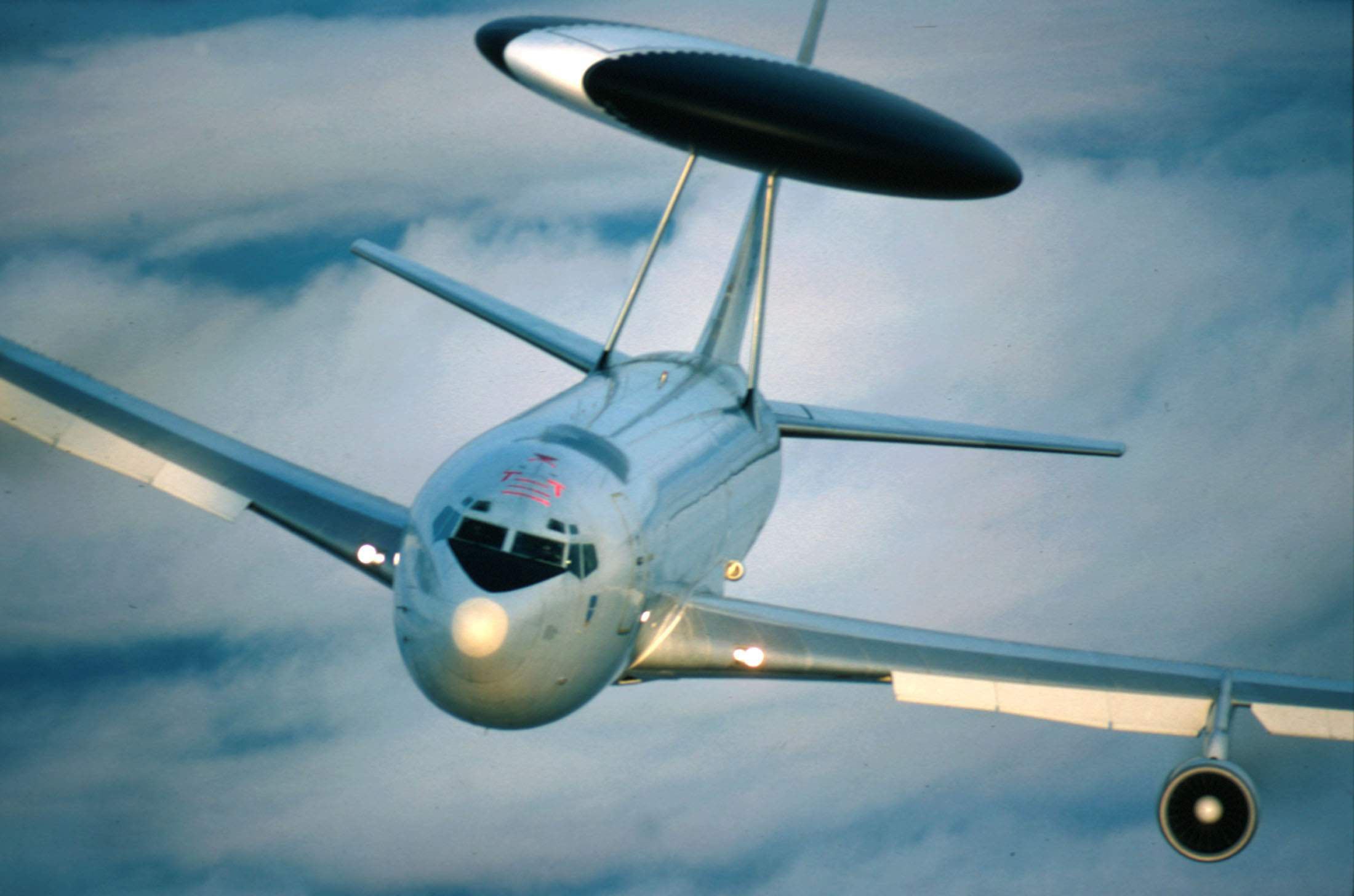North Korea’s July 4 and 28 missile tests indicating a potential intercontinental ballistic missile capability have prompted an urgent U.S. debate over a range of response options. However, none of the approaches advocated to date show much promise in achieving the goal of preventing North Korea from acquiring ICBMs without starting a major war.
More attention should be paid to America’s growing missile defense capability, which, to his credit, U.S. President Donald Trump has said he plans to accelerate. If this capability has developed as significantly as we believe, then the U.S. might already be in a position to expand Defense Secretary Jim Mattis’ pledge to shoot down any North Korean missile headed toward Guam. The U.S. might, if this capability is verified, declare its intention to intercept any further North Korean ICBM flight tests, regardless of trajectory.
The other options under discussion are unlikely to achieve both elements of this goal. Threatening “fire and fury” retaliation might deter a North Korean attack, but it is unlikely to halt further testing. Tougher sanctions to stimulate negotiations should be continued, but North Korea’s past negotiating record makes this option a long shot. And while military preemption could halt North Korea’s nuclear and missile programs, the risk of catastrophic war is unacceptable.
By contrast, a new “no fly” policy for ICBM flight tests would be defensive in nature. The U.S. would not be the first to fire a missile. It would only respond to further North Korean ICBM testing — testing that the U.N. Security Council member states, including China, have implored Pyongyang not to continue. Such an “active denial” policy would protect our vital national security interests by precluding the testing successes North Korea would need to have adequate confidence to operationalize its ICBMs and have confidence in their precision.
To enable such a new policy, the U.S. should act now to confirm the viability of deploying three new layers of kinetic-kill missile defenses, beyond the 40 or so Ground-based Interceptors, or GBI, already on alert on our West coast.
RELATED

The first involves the U.S. Army’s Terminal High Altitude Area Defense, or THAAD, system, which is already deployed in Guam and partially deployed in South Korea. THAAD is designed to intercept short-, medium- and intermediate-range ballistic missiles in their terminal phase, and its success rate in tests against such targets has been very high. The U.S. Missile Defense Agency, or MDA, should assess as soon as possible the ability of THAAD systems stationed in Asia to intercept highly lofted North Korean ICBM flight tests in the terminal phase.
Similarly, MDA should immediately assess the capabilities against such North Korean ICBM flight test profiles of the U.S. Navy’s Standard Missile-3 Block IB, which is currently being deployed in Europe to deal with the Iranian missile threat. The SM-3 IB is an upper-tier system that has significant capabilities against medium- and intermediate-range missiles if properly positioned and cued by radars. Some 240 interceptors have been delivered to the U.S. and Japanese navies. If MDA’s assessment is positive, SM-3 IBs could be deployed when North Korean ICBM tests launches appear imminent in the eastern Sea of Japan (where North Korea’s first three ICBMs have come down), and a permanent Aegis Ashore facility could be constructed on the Japanese mainland. A new and improved SM-3 Block IIA variant, now being co-developed with Japan, will have even more capability against a North Korean first-generation ICBM, and this program’s deployment should be urgently accelerated.
A third layer, which would take longer to deploy, could be provided by developing a two-stage variant of the currently operational three-stage GBI. A two-stage GBI variant deployed in the region or on Hawaii would allow intercepts to deal with the range gap between THAAD, SM and the three-stage GBI.
Taken together, these multilayered missile defenses could not, given the wide ocean areas involved, guarantee that North Korea is unable to conduct an ICBM flight test, but they could well be enough to give its leader Kim Jong Un pause before trying. And if he persists, this plan could actually intercept enough tests to effectively impede his current ICBM deployment ambitions.
And while Russia and China would protest vociferously, the U.S. could cite the recent unanimous U.N. Security Council resolution on stiffened sanctions for “moral authority” in taking this course of action. Privately, they might even be thankful not to have an ICBM-deliverable nuclear capability being deployed in ever-increasing numbers by such an unstable regime along their borders.
Hans Binnendijk previously served as director of the Institute for National Strategic Studies. Robert Bell served as the defense Adviser at the U.S. mission to NATO. Both had tours in the U.S. Senate and with the U.S. National Security Council.








